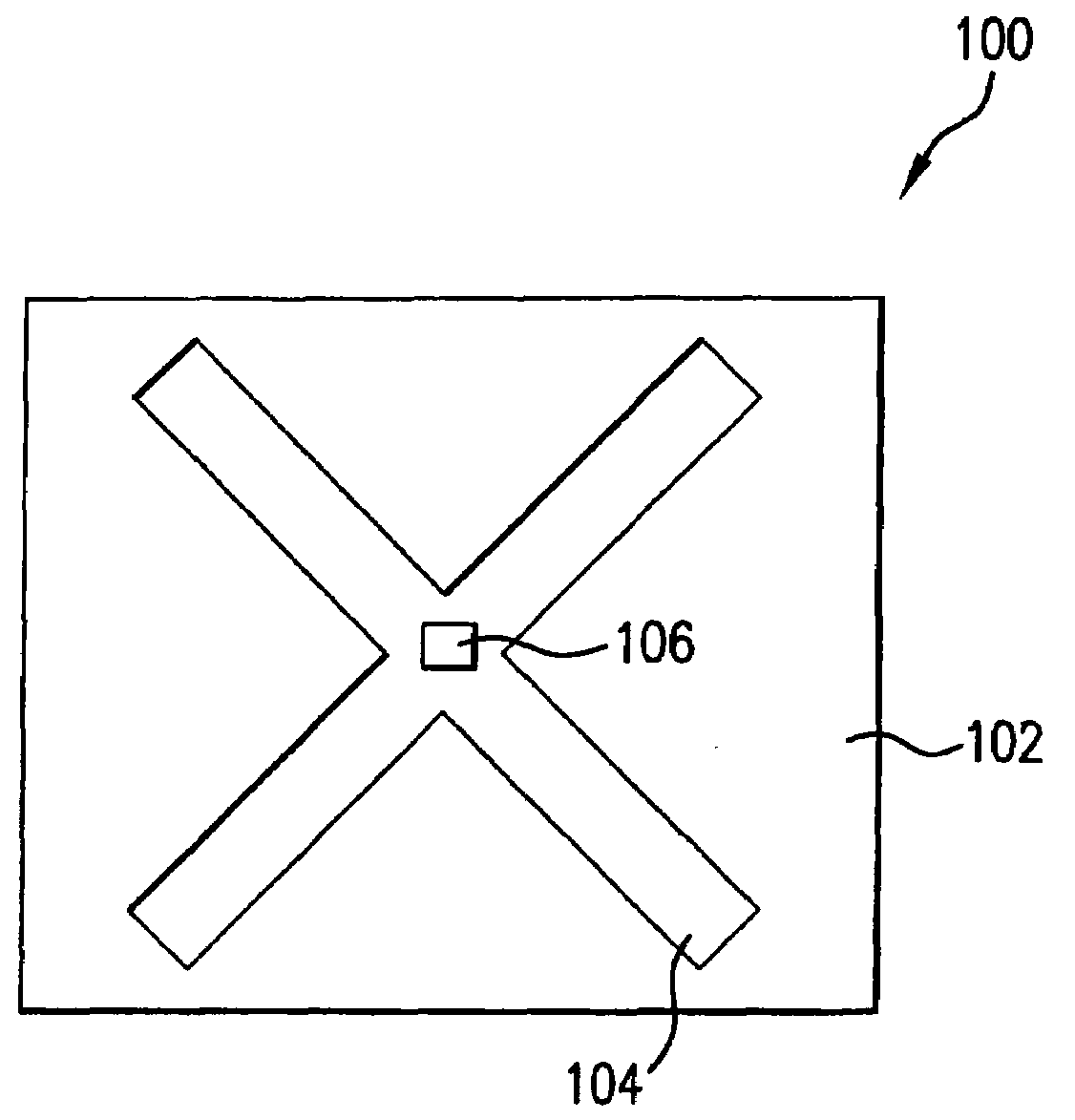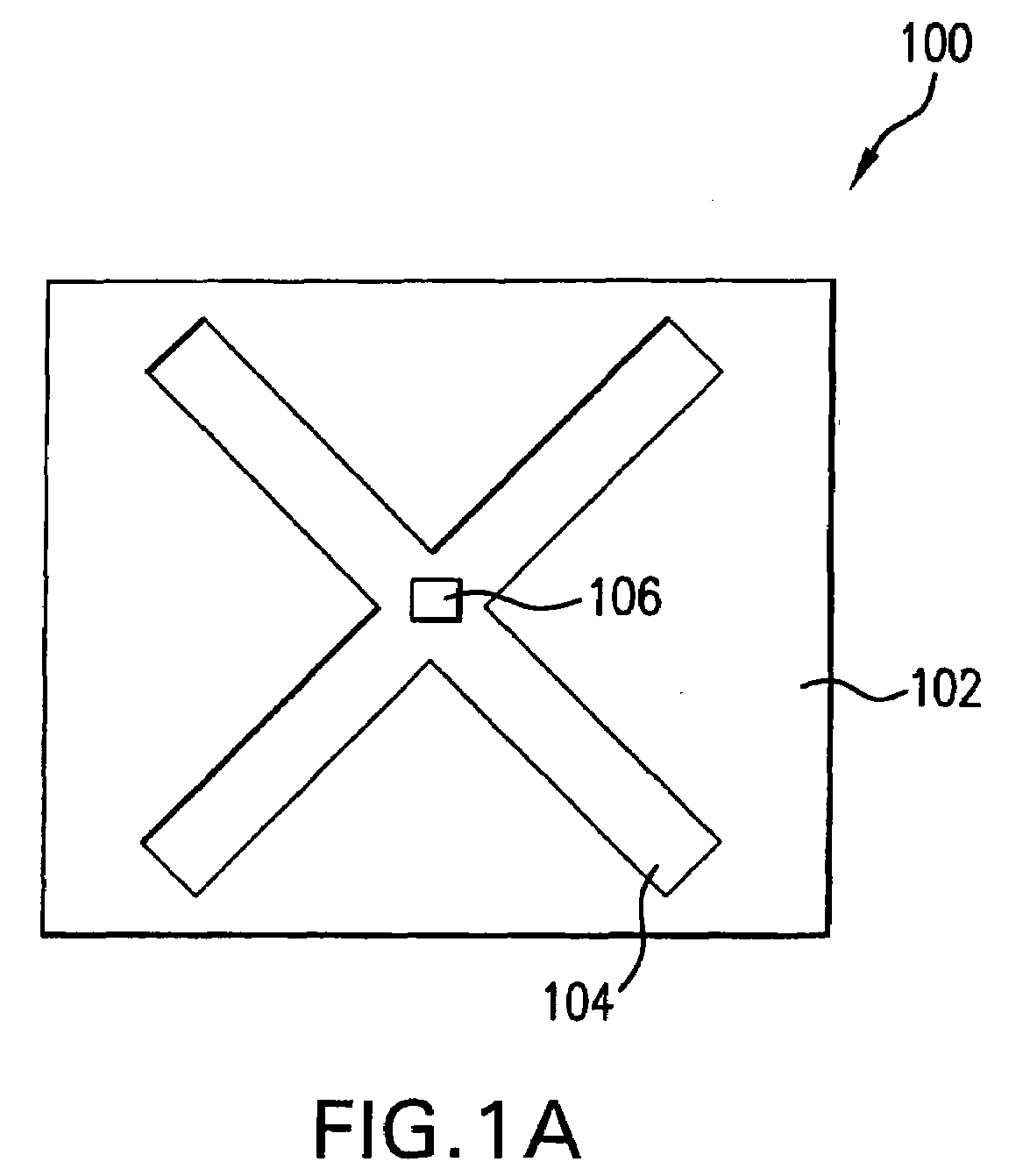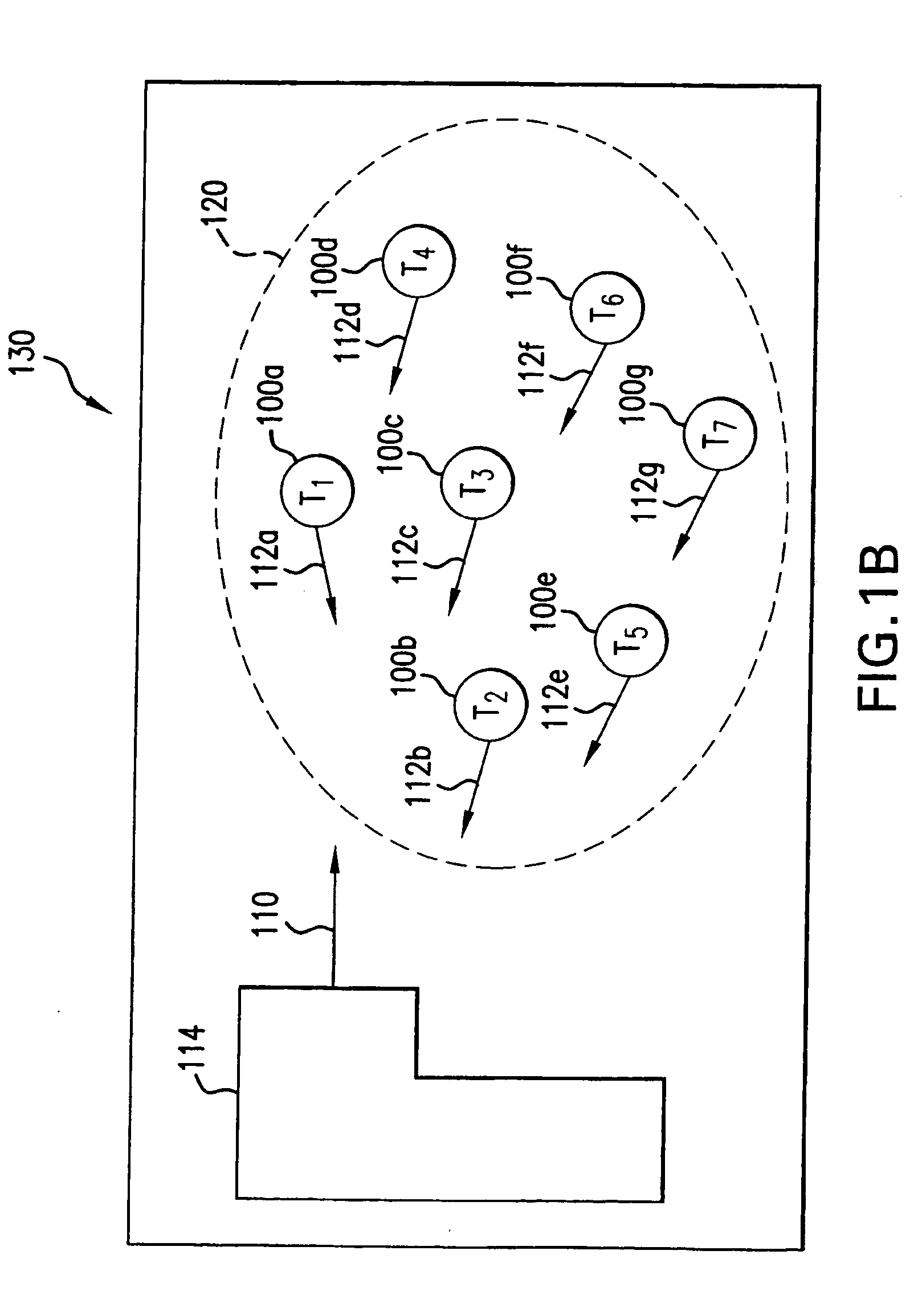Method, system, and apparatus for a radio frequency identification (RFID) waveguide for reading items in a stack
a radio frequency identification and stack technology, applied in transmission, direction finders, instruments, etc., can solve the problems of difficult to read tagged objects in the middle of the stack, difficulty in attempting to read rfid tags, and difficulty in transferring tags in stacks of items, so as to facilitate the transfer of rf signals and facilitate the transferring of energy of rf signals. , the effect of reducing the height and/or mass of the waveguid
- Summary
- Abstract
- Description
- Claims
- Application Information
AI Technical Summary
Benefits of technology
Problems solved by technology
Method used
Image
Examples
Embodiment Construction
1.0 Introduction
[0104]The present invention relates to radio frequency identification (RFID) technology. More specifically, embodiments of the invention include methods, systems, and apparatuses for reading RFID tags in a stack of objects.
[0105]While specific configurations and arrangements are discussed, it should be understood that this is done for illustrative purposes only. A person skilled in the pertinent art will recognize that other configurations and arrangements can be used without departing from the spirit and scope of the present invention. It will be apparent to a person skilled in the pertinent art that this invention can also be employed in a variety of other applications. For example, in the following description, for illustrative purposes, embodiments may be described in terms of a particular waveguide type (e.g., transverse electric (TE) mode, transverse magnetic (TM) mode). However, it would be apparent to persons skilled in the relevant art(s) that alternative ty...
PUM
 Login to View More
Login to View More Abstract
Description
Claims
Application Information
 Login to View More
Login to View More - Generate Ideas
- Intellectual Property
- Life Sciences
- Materials
- Tech Scout
- Unparalleled Data Quality
- Higher Quality Content
- 60% Fewer Hallucinations
Browse by: Latest US Patents, China's latest patents, Technical Efficacy Thesaurus, Application Domain, Technology Topic, Popular Technical Reports.
© 2025 PatSnap. All rights reserved.Legal|Privacy policy|Modern Slavery Act Transparency Statement|Sitemap|About US| Contact US: help@patsnap.com



